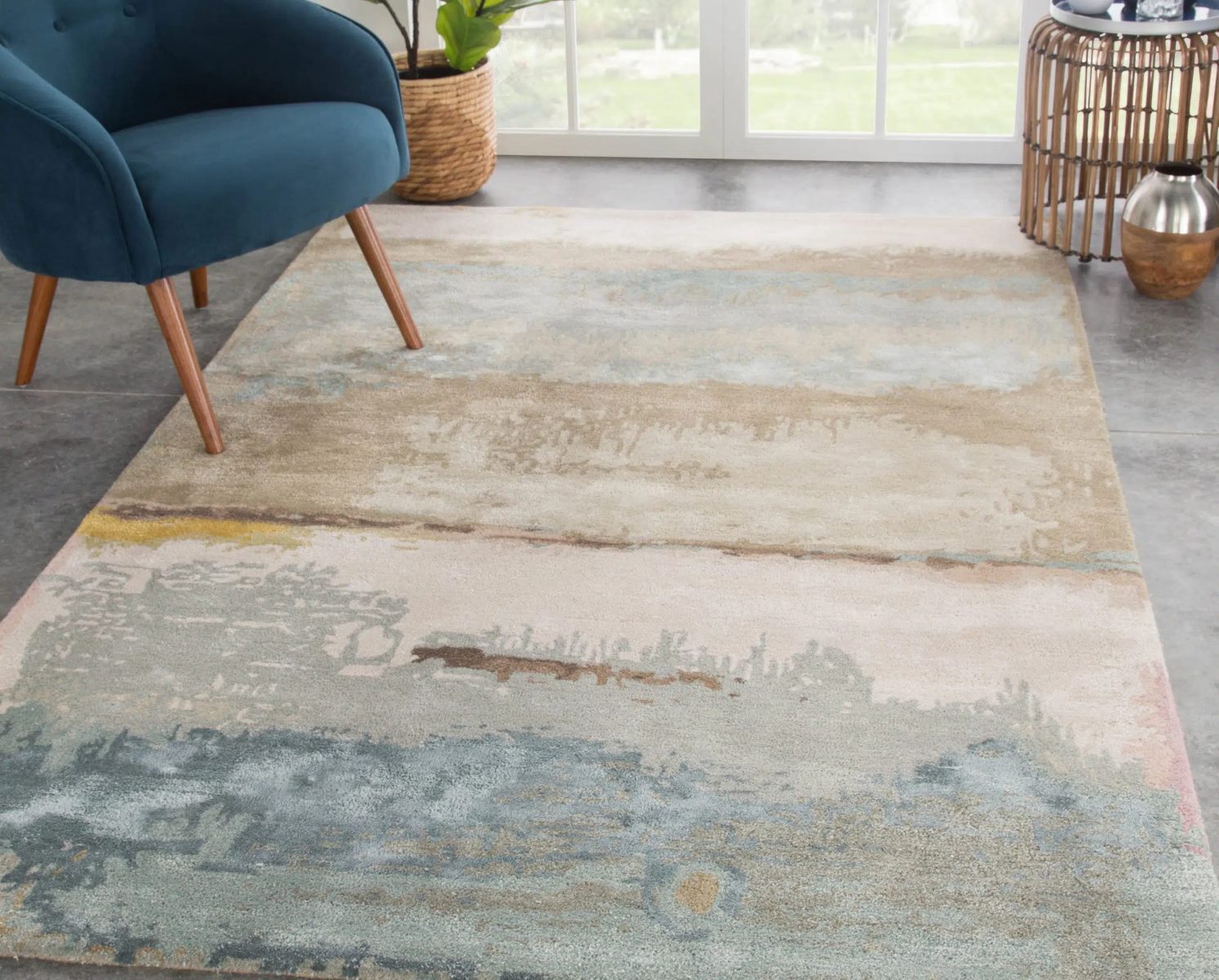

Articles
What Is Viscose In Rugs
Modified: January 5, 2024
Discover the properties and benefits of viscose in rugs with our informative articles. Learn how this versatile material can enhance your home decor.
(Many of the links in this article redirect to a specific reviewed product. Your purchase of these products through affiliate links helps to generate commission for Storables.com, at no extra cost. Learn more)
Introduction
When it comes to choosing the perfect rug for your home or office, there are numerous options to consider. One material that has gained popularity in recent years is viscose. Viscose rugs offer a unique combination of elegance and affordability, making them a popular choice among homeowners and interior designers alike. In this article, we will explore what viscose is, how it is produced, the characteristics of viscose rugs, their pros and cons, tips for caring for them, and how they compare to other rug materials.
Viscose is a man-made fiber that is often used as a substitute for silk. Also known as rayon, it is composed of regenerated cellulose fibers produced from wood pulp or cotton linters. The production process involves treating the cellulose with chemicals to dissolve it into a viscous liquid, which is then forced through spinnerets to create long fibers. These fibers are then spun into yarn and used to create a variety of products, including rugs.
One of the main advantages of viscose is its affordability. Compared to natural fibers like silk or wool, viscose rugs are often more budget-friendly, making them an attractive option for those who want a luxurious look without breaking the bank. Viscose rugs are also known for their softness and sheen, which adds a touch of elegance to any space.
However, it’s important to consider the characteristics of viscose rugs before making a purchase. Viscose has a tendency to absorb moisture, which can lead to staining and damage. It is also prone to fading when exposed to direct sunlight, so it’s best to keep viscose rugs in low-traffic areas to minimize wear and tear. Additionally, viscose rugs can be more delicate than other materials, requiring careful handling and maintenance.
When it comes to caring for viscose rugs, there are a few key tips to keep in mind. First, it’s important to vacuum the rug regularly to remove dirt and dust that can accumulate over time. However, be sure to use a vacuum cleaner with a brushless head to avoid causing damage to the delicate fibers. Spills should be blotted immediately to prevent staining, and professional cleaning is recommended to maintain the rug’s appearance and longevity.
Key Takeaways:
- Viscose rugs offer an affordable touch of luxury with their softness, sheen, and versatile designs. However, they require delicate care to prevent damage from moisture and sunlight exposure.
- When compared to other rug materials like wool, silk, polyester, and nylon, viscose rugs provide a budget-friendly option for elegance, but careful consideration of their limitations is essential for long-term enjoyment.
Read more: How To Clean Viscose Rugs
What Is Viscose?
Viscose, also known as rayon, is a commonly used synthetic fiber that is derived from natural materials such as wood pulp or cotton linters. It is considered a semi-synthetic fiber because it undergoes a chemical transformation from cellulose to create the final viscose product.
The production process for viscose involves several steps. First, wood pulp or cotton linters are treated with a combination of chemicals, including caustic soda and carbon disulfide, to break down the cellulose and create a thick, viscous liquid. This liquid is then filtered to remove impurities, resulting in a clear and uniform solution.
Once the solution is ready, it is forced through fine spinnerets, which are small openings that resemble showerheads. As the solution is forced through the spinnerets, it solidifies into long fibers. These fibers are then collected and spun into yarn, which can be used to create a variety of products, including rugs.
One of the key characteristics of viscose is its ability to mimic the luxurious feel of natural fibers like silk. Viscose fibers are smooth and soft to the touch, giving viscose rugs a luxurious and elegant appearance. The fibers also have a natural sheen, which adds a subtle, luminous quality to the rugs.
Viscose rugs offer a more affordable alternative to natural fiber rugs like silk. While silk rugs can be quite expensive, viscose rugs offer a similar look and feel at a fraction of the cost. This makes them a popular choice for individuals who want to incorporate the elegance and luxury of natural fibers into their space without exceeding their budget.
However, it’s important to note that viscose does have some drawbacks. One of the main concerns with viscose rugs is their susceptibility to moisture. Viscose fibers are highly absorbent and can easily become damaged if exposed to spills or excessive moisture. Additionally, the fibers can become weakened and lose their sheen when exposed to direct sunlight for extended periods of time.
Despite the drawbacks, viscose rugs can still be a great choice for certain areas of the home, such as bedrooms or living rooms with low foot traffic. They provide a touch of elegance and sophistication, allowing you to create a stylish and inviting atmosphere in your space. With proper care and maintenance, viscose rugs can be enjoyed for years to come.
Viscose Production Process
The process of manufacturing viscose involves several steps to transform natural materials into the final synthetic fiber. This process is known as the viscose production process and includes various chemical treatments and mechanical processes.
The first step in the production process is the extraction of cellulose from wood pulp or cotton linters. Wood pulp is obtained from softwood trees, while cotton linters are the short, fluffy fibers that cling to cotton seeds after the ginning process. These natural materials serve as the source of cellulose for viscose production.
Once the cellulose is obtained, it undergoes treatment with chemicals to break it down into a viscous solution. The cellulose is mixed with a combination of caustic soda and carbon disulfide, which dissolves the cellulose fibers and forms a thick, sticky substance known as viscose. This viscose solution is the key component in the production of viscose fiber.
The next step in the production process is the extrusion of the viscose solution through spinnerets. Spinnerets are tiny openings that resemble showerheads and are used to shape the viscose solution into fibers. The viscose solution is forced through these spinnerets, and as it exits, it solidifies into filament-like fibers due to a process called coagulation.
The fibers are then treated with a coagulating bath to further solidify them and remove any remaining chemicals or impurities. This bath typically contains sulfuric acid or a similar acidic solution, which causes the viscose fibers to solidify completely. After the coagulating bath, the fibers are rinsed thoroughly to remove any residual chemicals and to make them safe for further processing.
Once the fibers are rinsed and dried, they can be spun into yarn. This involves twisting the fibers together to create a more durable and manageable material. The resulting viscose yarn can then be used to produce various products, including viscose rugs and other textiles.
It’s important to note that the viscose production process requires careful handling and adherence to safety measures. The chemicals involved in the process can be hazardous, so workers in viscose production facilities must follow strict safety protocols to ensure their well-being.
In recent years, efforts have been made to develop more eco-friendly and sustainable methods of viscose production. These include the use of certified sustainable wood pulp sources, reduced chemical usage, and improved waste management systems. These advancements aim to minimize the environmental impact of viscose production and make it a more sustainable choice for textile manufacturing.
Characteristics of Viscose Rugs
Viscose rugs have gained popularity due to their unique characteristics that add elegance and style to any space. Understanding these characteristics can help you make an informed decision when considering a viscose rug for your home or office.
One of the main features of viscose rugs is their luxurious and soft texture. The fibers of viscose rugs are smooth and silky to the touch, providing a comfortable and cozy feel underfoot. This softness adds a sense of indulgence and sophistication to your space, making viscose rugs a popular choice for bedrooms, living rooms, and other areas where comfort is key.
Another characteristic of viscose rugs is their inherent sheen. Viscose fibers naturally reflect light, creating a subtle and shimmering effect on the rug’s surface. This lustrous quality adds a touch of elegance and sophistication to the room, enhancing the overall aesthetic appeal.
Viscose rugs are also known for their versatility in design. The smooth and even fibers of viscose allow for vibrant and intricate patterns to be created, resulting in visually stunning rugs. Whether you prefer a traditional, modern, or eclectic style, there is a wide range of design options available in viscose rugs to suit your taste.
While viscose rugs offer a luxurious aesthetic, it’s important to consider their limitations as well. One significant characteristic of viscose is its vulnerability to moisture. Viscose fibers have a high absorption rate, meaning they can easily retain liquid and be susceptible to damage from spills or excessive moisture. It’s advisable to place viscose rugs in low-traffic areas and avoid using them in spaces prone to spills or heavy moisture.
Additionally, due to the delicate nature of the fibers, viscose rugs require special care and maintenance. They should be protected from direct sunlight, as prolonged exposure can cause the colors to fade and the fibers to weaken. Regular vacuuming with a brushless head is recommended to remove dirt and dust without causing damage to the delicate fibers.
It’s also important to note that while viscose rugs are often more affordable than natural fiber rugs like silk, they are not as durable or long-lasting. They may not withstand heavy foot traffic as well and may require more frequent replacement or professional cleaning to maintain their appearance.
Overall, viscose rugs offer a luxurious and visually stunning option for adding elegance to your space. With proper care and consideration for their vulnerability to moisture and sunlight, they can be a beautiful and stylish addition to your home or office.
Pros and Cons of Viscose Rugs
Viscose rugs have both advantages and disadvantages that should be considered when deciding whether they are the right choice for your space. Let’s explore the pros and cons of viscose rugs to help you make an informed decision:
Read more: What Are Rugs
Pros:
- Affordability: Viscose rugs are often more budget-friendly compared to natural fiber rugs like silk or wool, making them an attractive option for those who want a luxurious look without breaking the bank.
- Softness: Viscose fibers have a smooth and silky texture, providing a comfortable and cozy feel underfoot. This softness adds a touch of luxury and comfort to any room.
- Sheen: Viscose rugs have a natural sheen that reflects light, creating a subtle and elegant shimmer on the surface. This lustrous quality adds an element of sophistication to the overall aesthetic.
- Versatile Design: Viscose fibers can be easily dyed and manipulated, allowing for a wide range of vibrant and intricate patterns. This versatility in design ensures that there is a viscose rug to suit any style or decor preference.
Cons:
- Susceptibility to Moisture: One of the main drawbacks of viscose rugs is their vulnerability to moisture. Viscose fibers have a high absorption rate and can easily be damaged by spills or excessive moisture, leading to staining or warping.
- Fading: prolonged exposure to direct sunlight can cause the colors of viscose rugs to fade over time. It’s best to place viscose rugs in low-traffic areas away from direct sunlight to prolong their lifespan.
- Delicate Nature: Viscose rugs are more delicate compared to natural fiber rugs, requiring careful handling and maintenance. They may not withstand heavy foot traffic as well and may require more frequent replacement or professional cleaning.
- Special Care: Proper care and maintenance are essential for viscose rugs. Regular vacuuming with a brushless head and immediate blotting of spills is necessary to prevent staining. Professional cleaning is recommended to maintain their appearance and longevity.
While viscose rugs offer a more affordable alternative to natural fiber rugs, they do come with certain limitations. It’s important to weigh the pros and cons and consider your specific needs and preferences before making a decision. If you prioritize affordability, softness, and versatility in design, and are willing to provide the necessary care and maintenance, then a viscose rug may be the perfect choice for you.
Caring for Viscose Rugs
Proper care and maintenance are essential to keep your viscose rug looking its best and prolong its lifespan. While viscose rugs offer elegance and style, they require a bit more attention compared to other rug materials. Here are some tips to help you care for your viscose rug:
- Vacuum Regularly: Regular vacuuming is crucial to remove dirt, dust, and debris that can accumulate on the rug’s surface. Use a vacuum cleaner with a brushless head or set it on the lowest suction setting to prevent damaging the delicate fibers.
- Blot Spills Immediately: In the event of a spill, it’s important to act quickly. Use a clean cloth or paper towel to blot the spill gently. Avoid rubbing the area, as this can push the liquid deeper into the fibers and cause staining.
- Avoid Excessive Moisture: Since viscose fibers have a high absorption rate, it’s important to minimize exposure to moisture. Avoid placing viscose rugs in areas prone to spills or heavy moisture, such as kitchens or bathrooms. If a spill does occur, dry the area thoroughly and consider using a fan or air mover to expedite the drying process.
- Protect from Direct Sunlight: Prolonged exposure to direct sunlight can cause the colors of viscose rugs to fade over time. To prevent this, position your rug away from windows or use window treatments to filter or block the sunlight.
- Rotate the Rug: To ensure even wear and tear, rotate your viscose rug regularly. This helps distribute the foot traffic and prevents specific areas from wearing out faster than others.
- Use Rug Pads: Placing a rug pad beneath your viscose rug adds cushioning, prevents slipping, and provides an extra layer of protection. Make sure the rug pad is suitable for use on hardwood floors or carpets, depending on your flooring type.
- Professional Cleaning: Viscose rugs should be professionally cleaned to maintain their appearance and quality. Consult with a professional rug cleaner who specializes in handling delicate fibers and understands the specific requirements of viscose rugs.
By following these care tips, you can keep your viscose rug looking clean and beautiful for years to come. Remember, the key to maintaining your rug’s quality is to be proactive and address any spills, stains, or issues promptly. With the right care and attention, your viscose rug will continue to enhance the beauty of your space and provide a touch of elegance for years to come.
Comparison with Other Rug Materials
When shopping for a new rug, it’s important to consider the different materials available and how they compare to each other. Let’s explore how viscose rugs stack up against other popular rug materials:
Read more: What Are Persian Rugs
Viscose vs. Wool:
Wool is a natural fiber that is known for its durability, softness, and natural resistance to stains and dirt. Compared to viscose, wool rugs are more resilient and can withstand heavy foot traffic without showing signs of wear and tear. However, wool rugs tend to be more expensive than viscose rugs. Viscose rugs offer a more affordable alternative while still providing a soft and luxurious feel.
Viscose vs. Silk:
Silk is often considered the epitome of luxury when it comes to rug materials. Silk rugs have a smooth, lustrous finish and a soft feel underfoot. However, silk rugs can be extremely expensive and delicate. Viscose rugs offer a more budget-friendly option with a similar sheen and elegance. While viscose rugs may not have the same level of durability as silk, they still provide a touch of luxury at a more affordable price point.
Viscose vs. Polyester:
Polyester is a synthetic fiber that is often used in rug manufacturing. Polyester rugs are known for their affordability and resistance to fading, moisture, and mildew. However, they may not have the same softness and sheen as viscose rugs. Viscose rugs offer a more luxurious and elegant appearance, but they require more delicate care to prevent damage from moisture and sunlight exposure.
Viscose vs. Nylon:
Nylon is a synthetic fiber that is widely used in rug production due to its strength and durability. Nylon rugs are known for their resilience, stain resistance, and ease of cleaning. While nylon rugs may be more durable than viscose rugs, they may not offer the same level of softness and elegance. Viscose rugs can provide a more luxurious appearance but require more delicate care and are more susceptible to damage from moisture and sunlight exposure.
Ultimately, the choice of rug material depends on your budget, desired aesthetic, and level of maintenance you are willing to undertake. Viscose rugs offer an affordable option for those seeking a touch of luxury and elegance but require careful handling and maintenance to extend their lifespan. Consider your specific needs and preferences to determine which rug material is the best fit for your space.
When cleaning viscose rugs, avoid using excessive water or harsh chemicals as they can damage the delicate fibers. Instead, opt for gentle spot cleaning with a mild detergent and a soft cloth.
Read more: What Are Loloi Rugs
Conclusion
Viscose rugs offer a unique blend of affordability, luxury, and elegance, making them a popular choice for homeowners and interior designers. These rugs are composed of synthetic fibers derived from natural materials such as wood pulp or cotton linters, and they undergo a chemical process to create the final viscose product.
Viscose rugs have distinct characteristics that set them apart. They are soft to the touch, adding a sense of comfort and luxury to any space. With their natural sheen and versatile design options, viscose rugs can enhance the aesthetic appeal of a room and complement a variety of decor styles.
Like any rug material, viscose rugs have their pros and cons. Their affordable price point makes them an attractive alternative to natural fiber rugs like silk or wool, but they require special care and maintenance. Viscose rugs are susceptible to moisture and fading when exposed to direct sunlight, and they may not be as durable as other materials. However, with proper care and consideration, viscose rugs can continue to enhance the beauty of your space for years to come.
When choosing a rug, it’s important to consider your specific needs, preferences, and budget. Other rug materials such as wool, silk, polyester, or nylon may offer different advantages and disadvantages. By comparing the characteristics and weighing the pros and cons of each material, you can make an informed decision that suits your individual requirements.
In conclusion, viscose rugs provide an affordable option for those seeking elegance and style in their home or office. With their softness, lustrous sheen, and versatile designs, they can transform any space into a more inviting and sophisticated environment. By understanding their characteristics and implementing proper care and maintenance, you can enjoy the beauty and luxury of viscose rugs for years to come.
Frequently Asked Questions about What Is Viscose In Rugs
Was this page helpful?
At Storables.com, we guarantee accurate and reliable information. Our content, validated by Expert Board Contributors, is crafted following stringent Editorial Policies. We're committed to providing you with well-researched, expert-backed insights for all your informational needs.
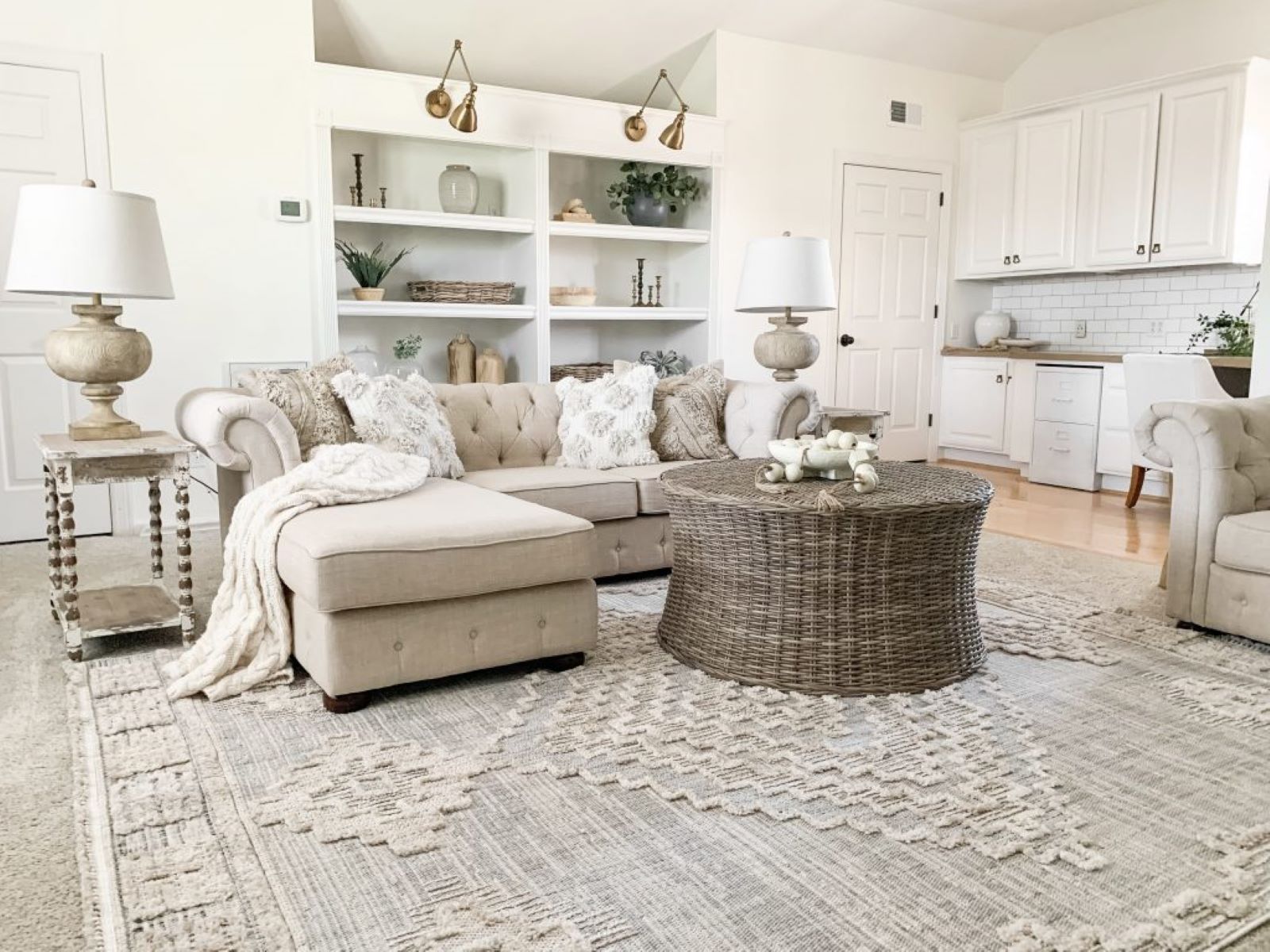
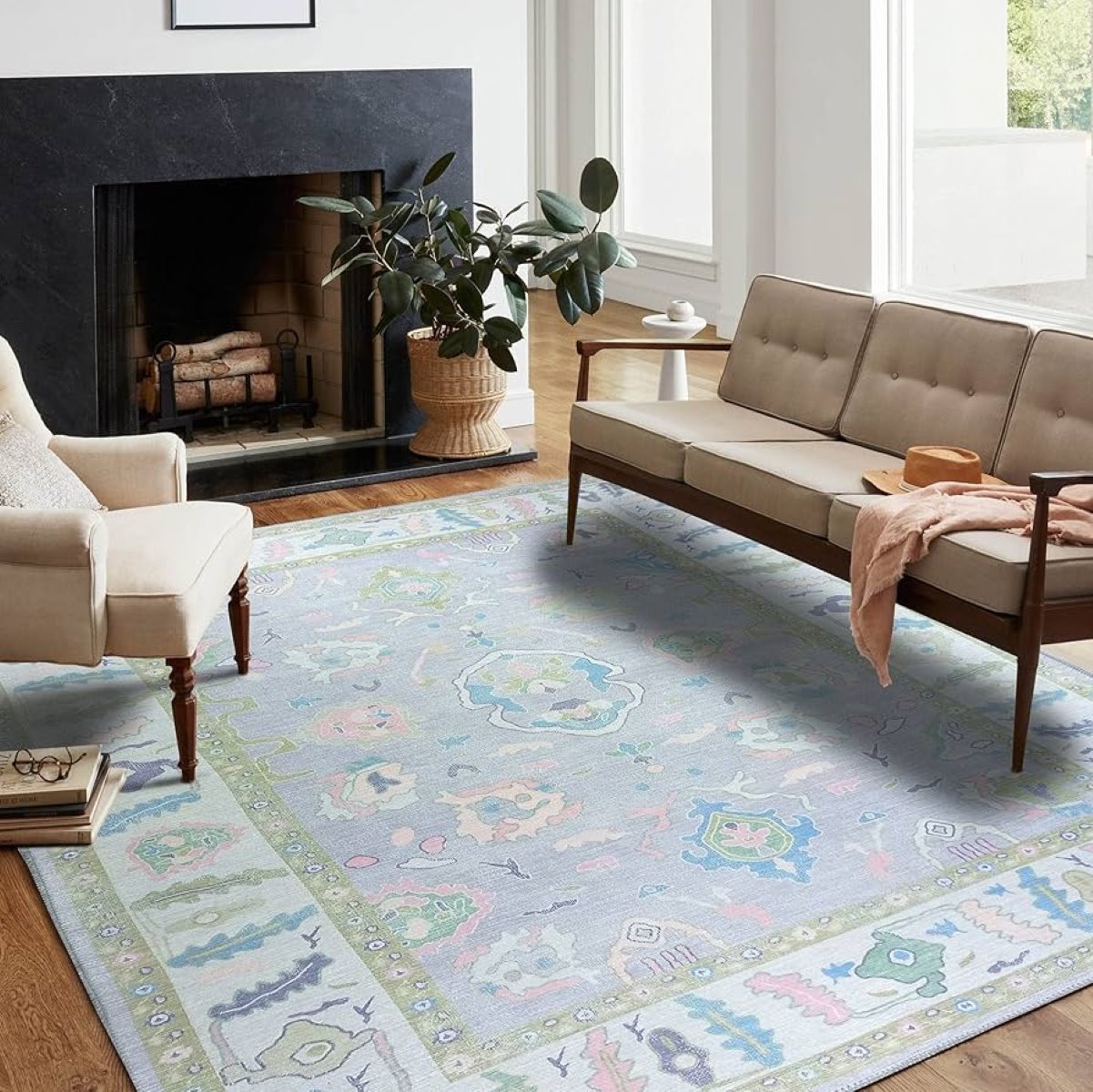
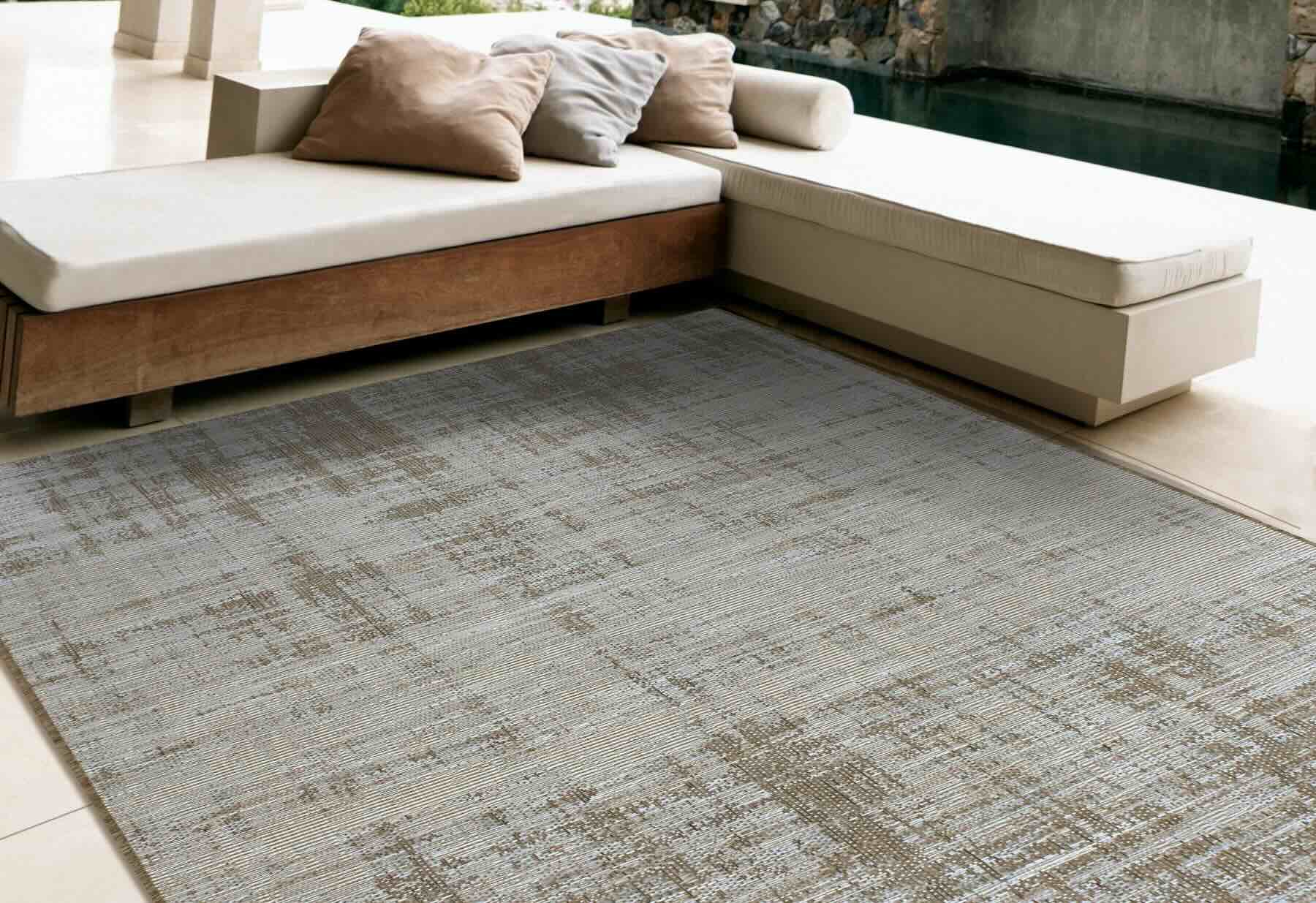
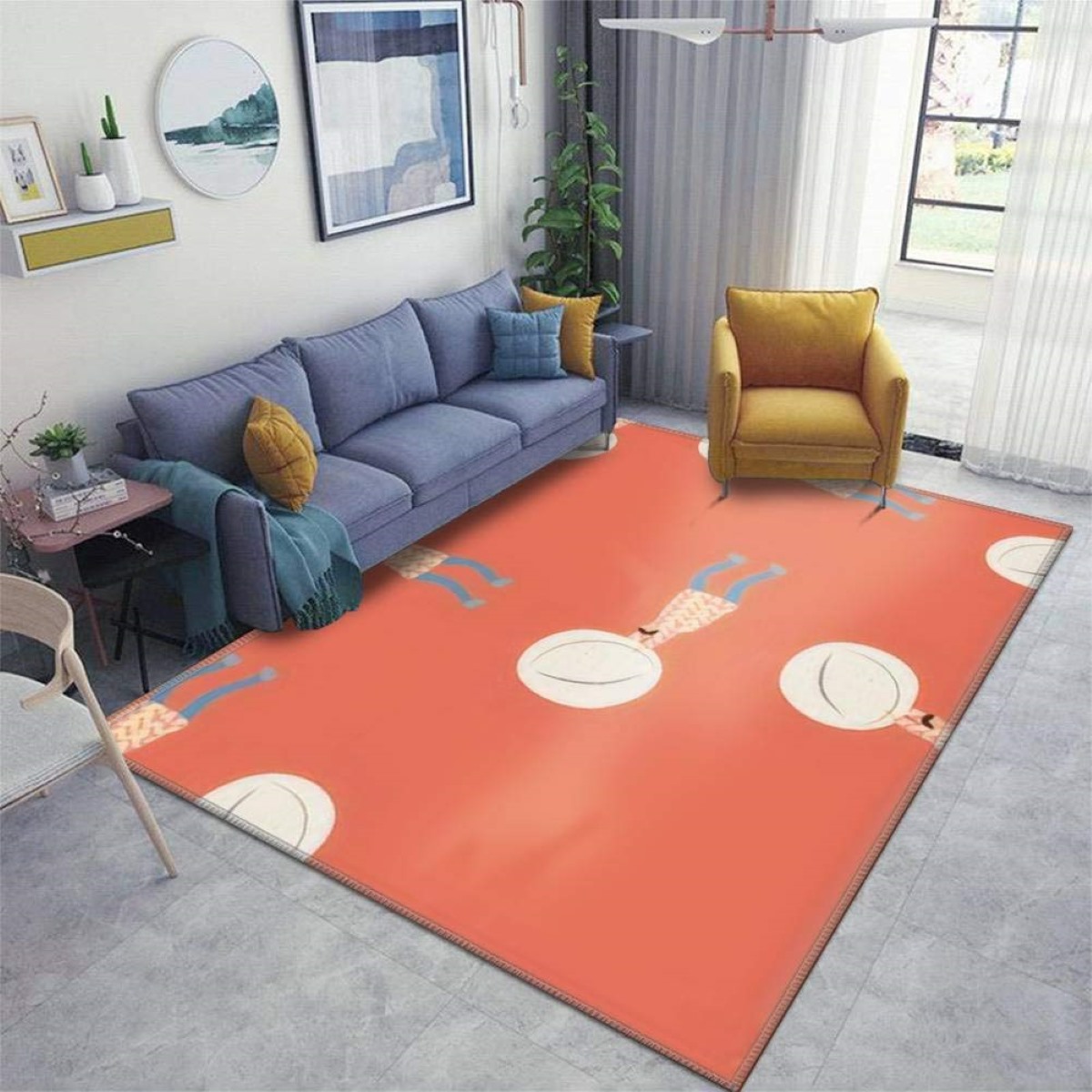
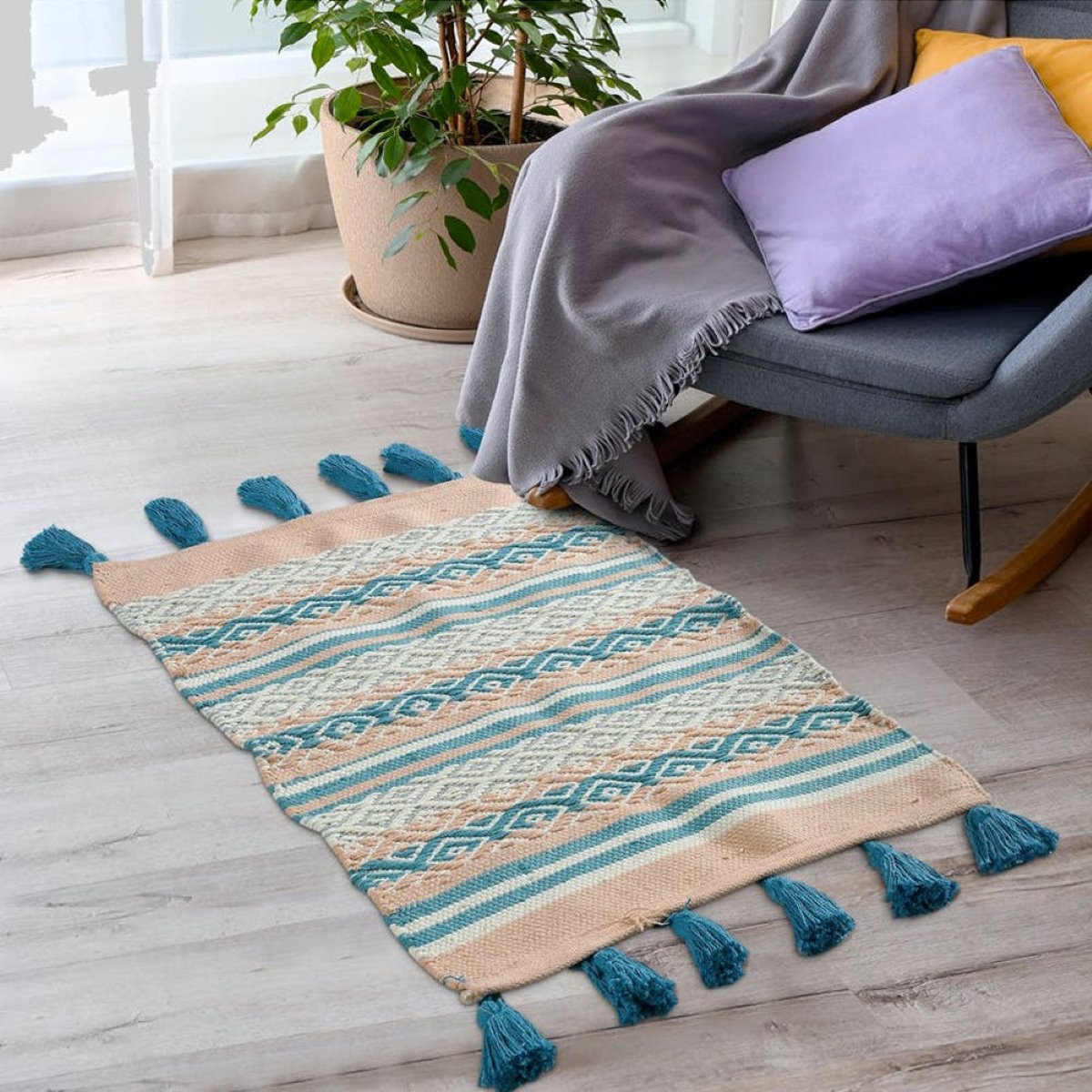
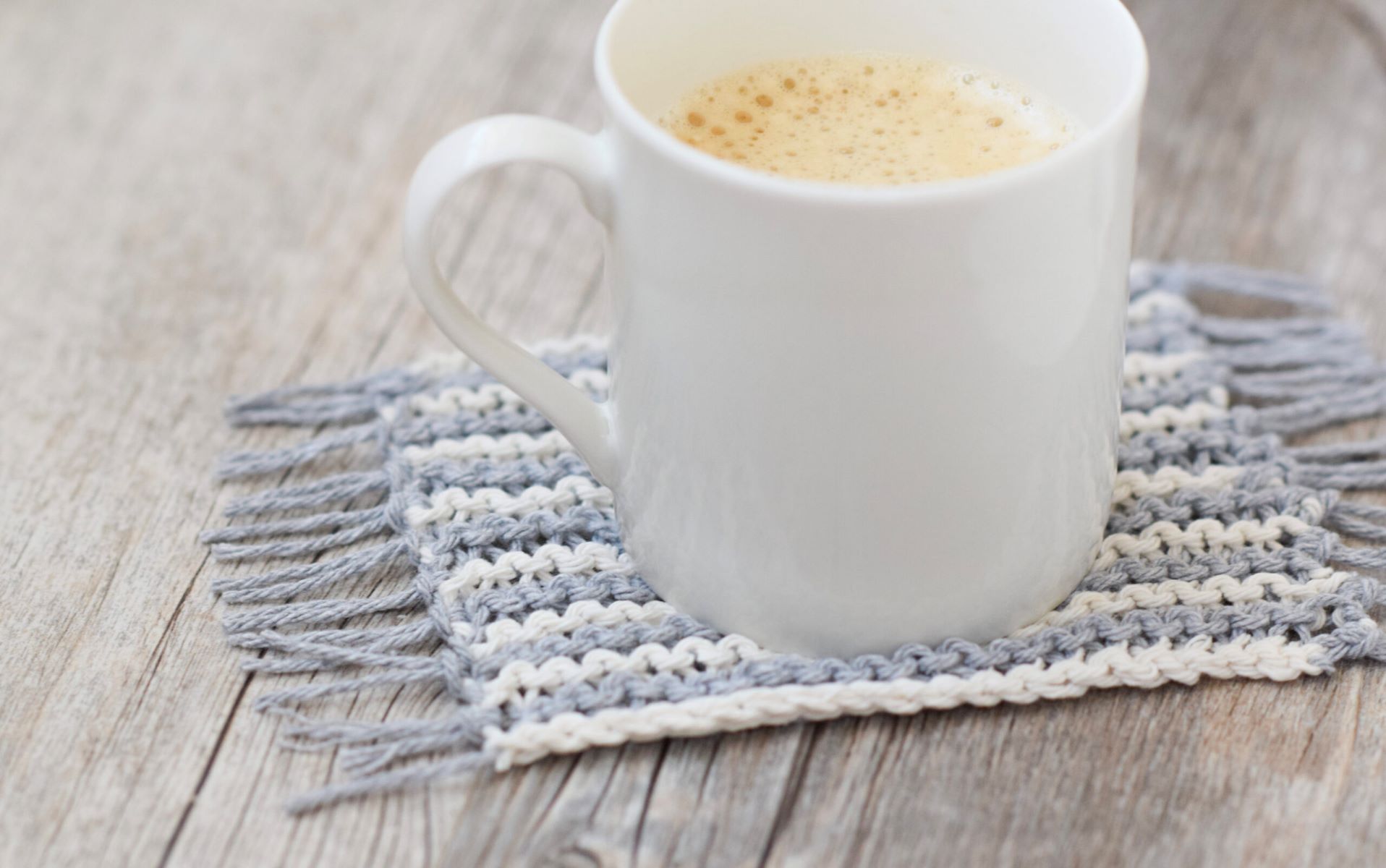
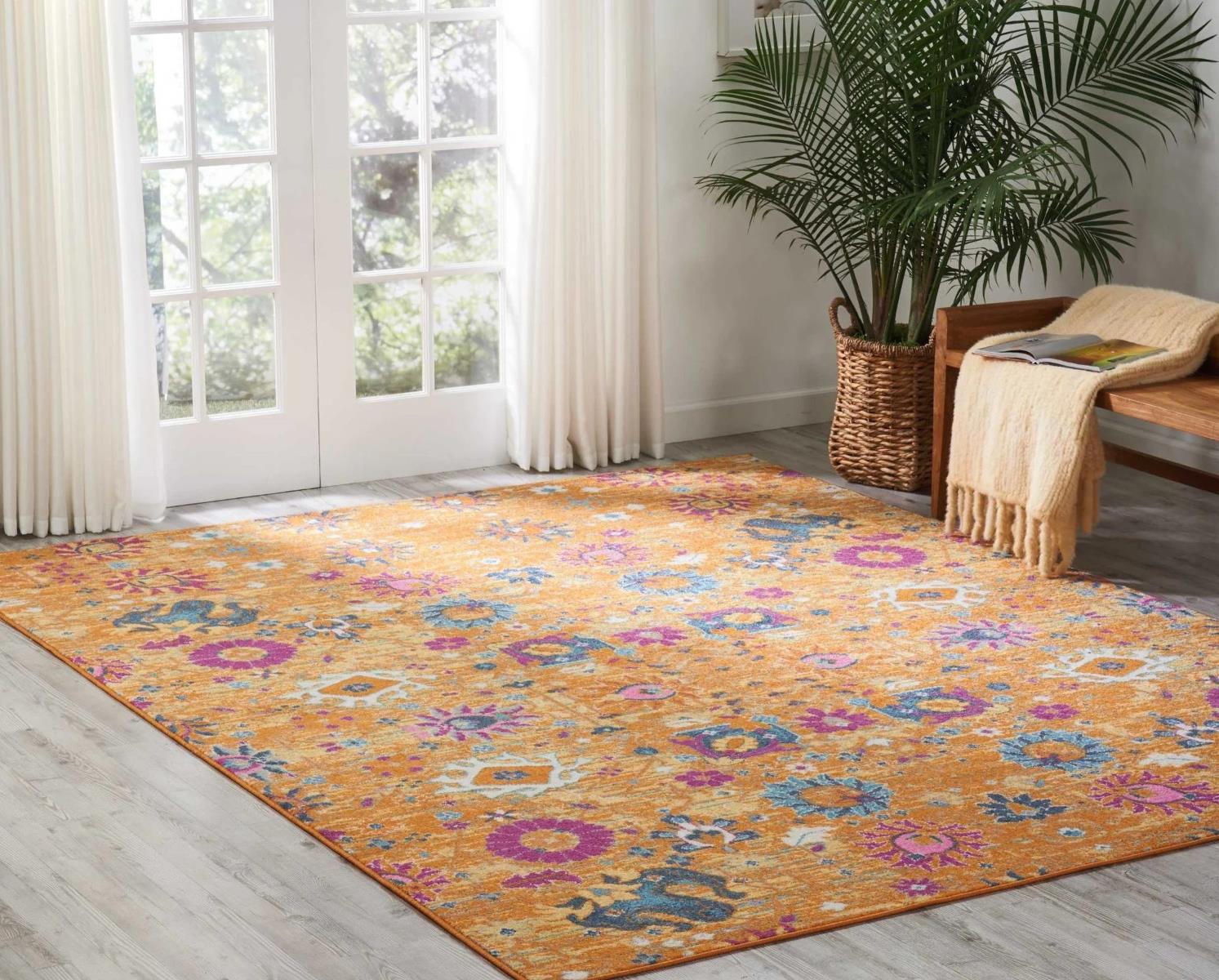
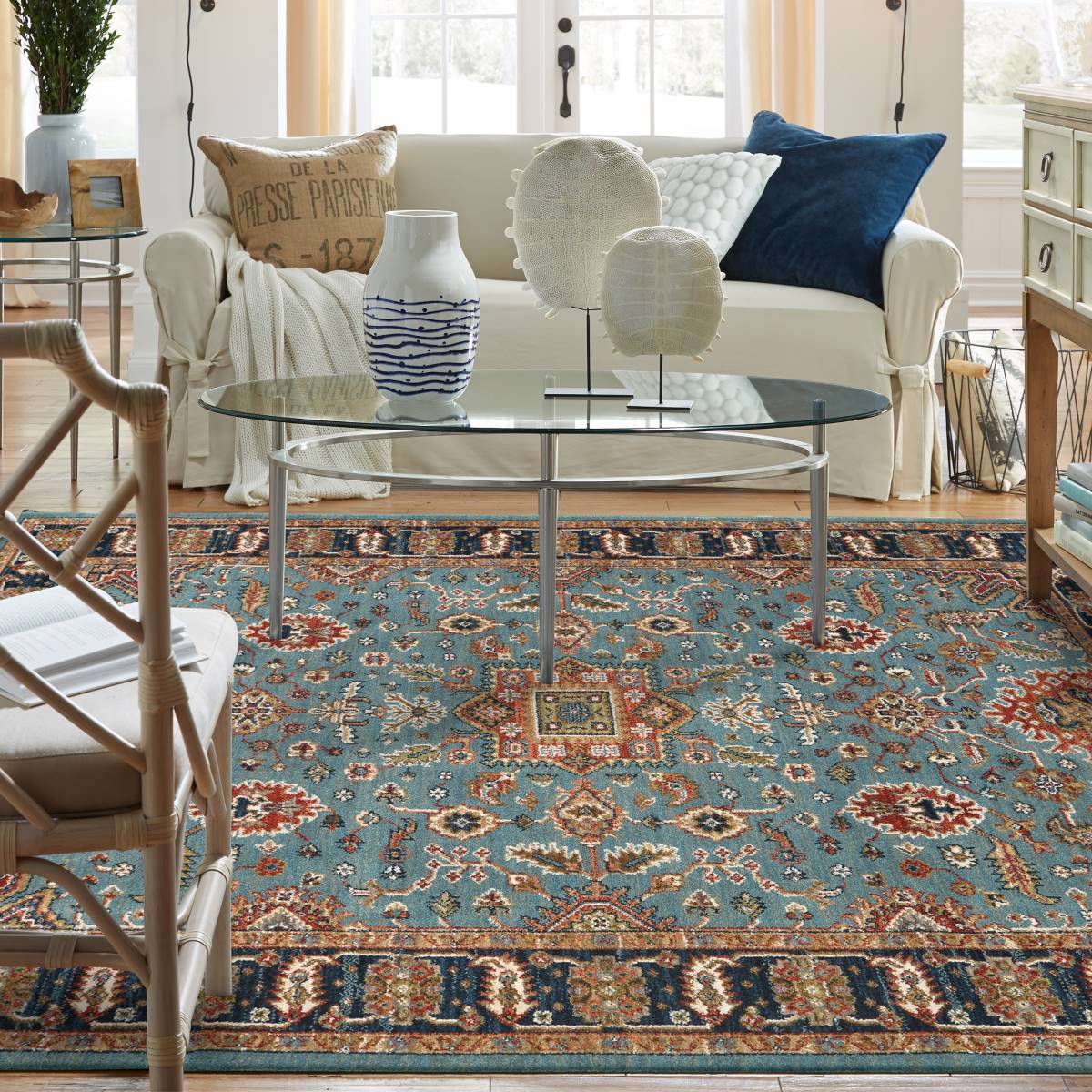
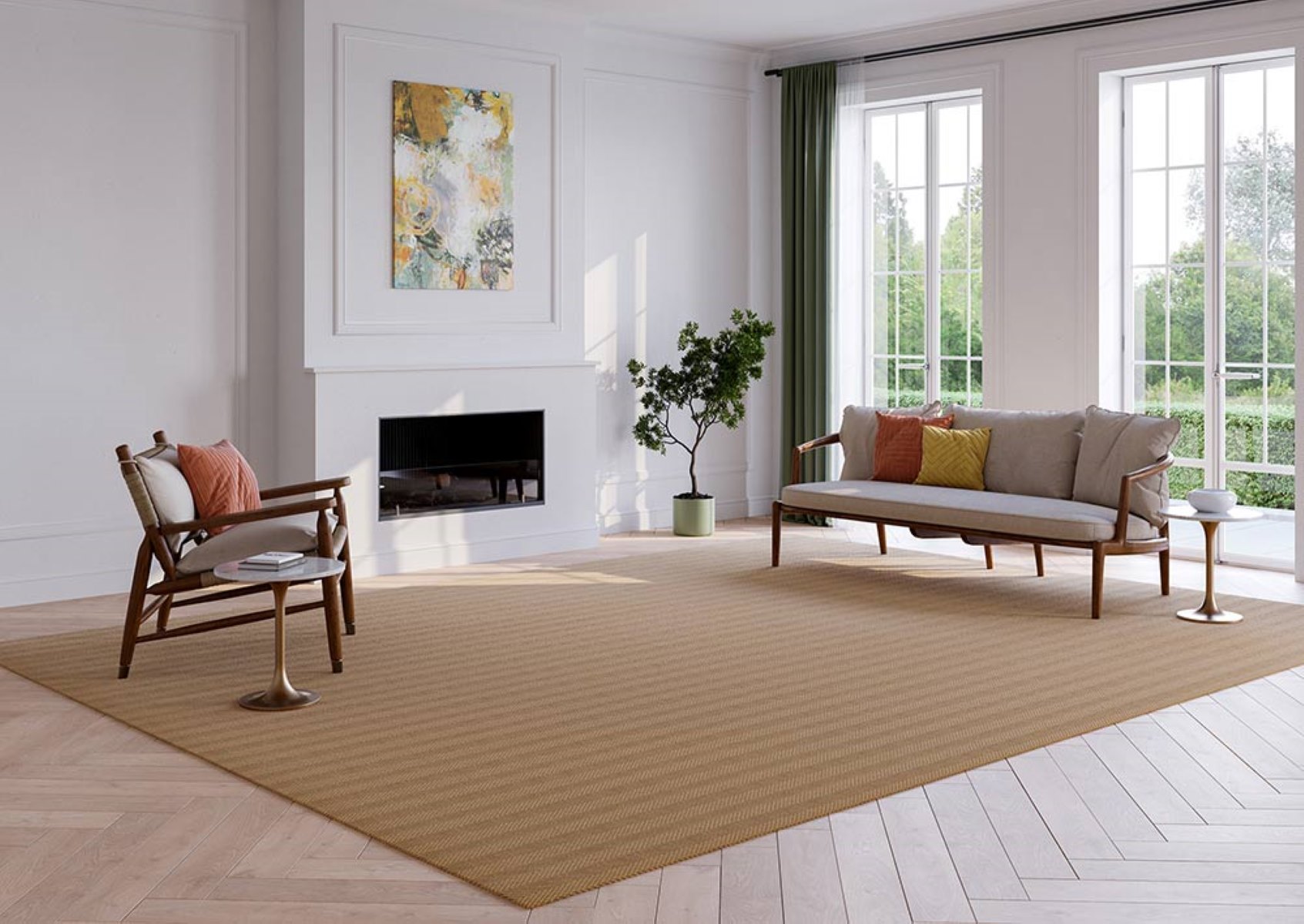
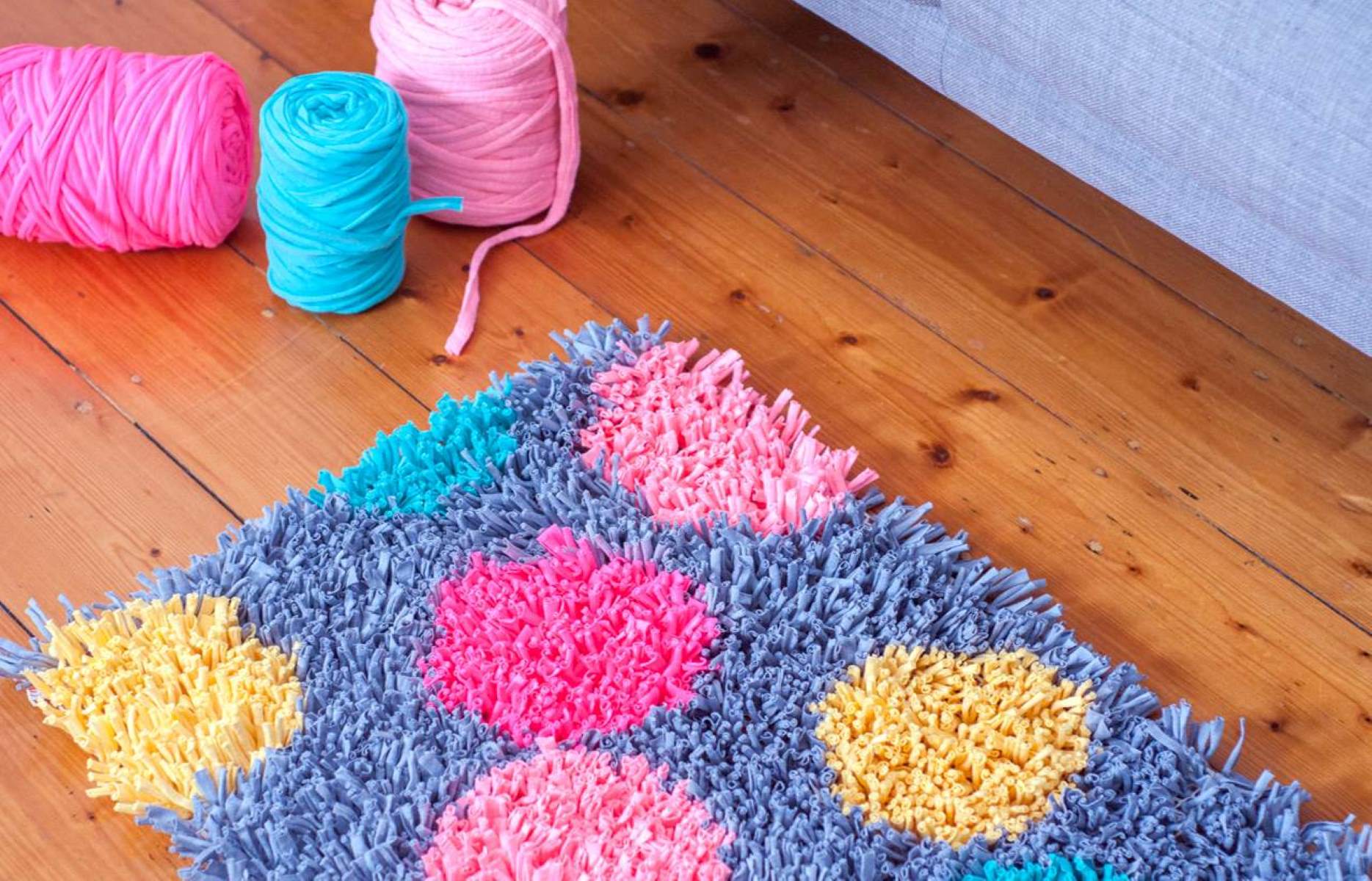
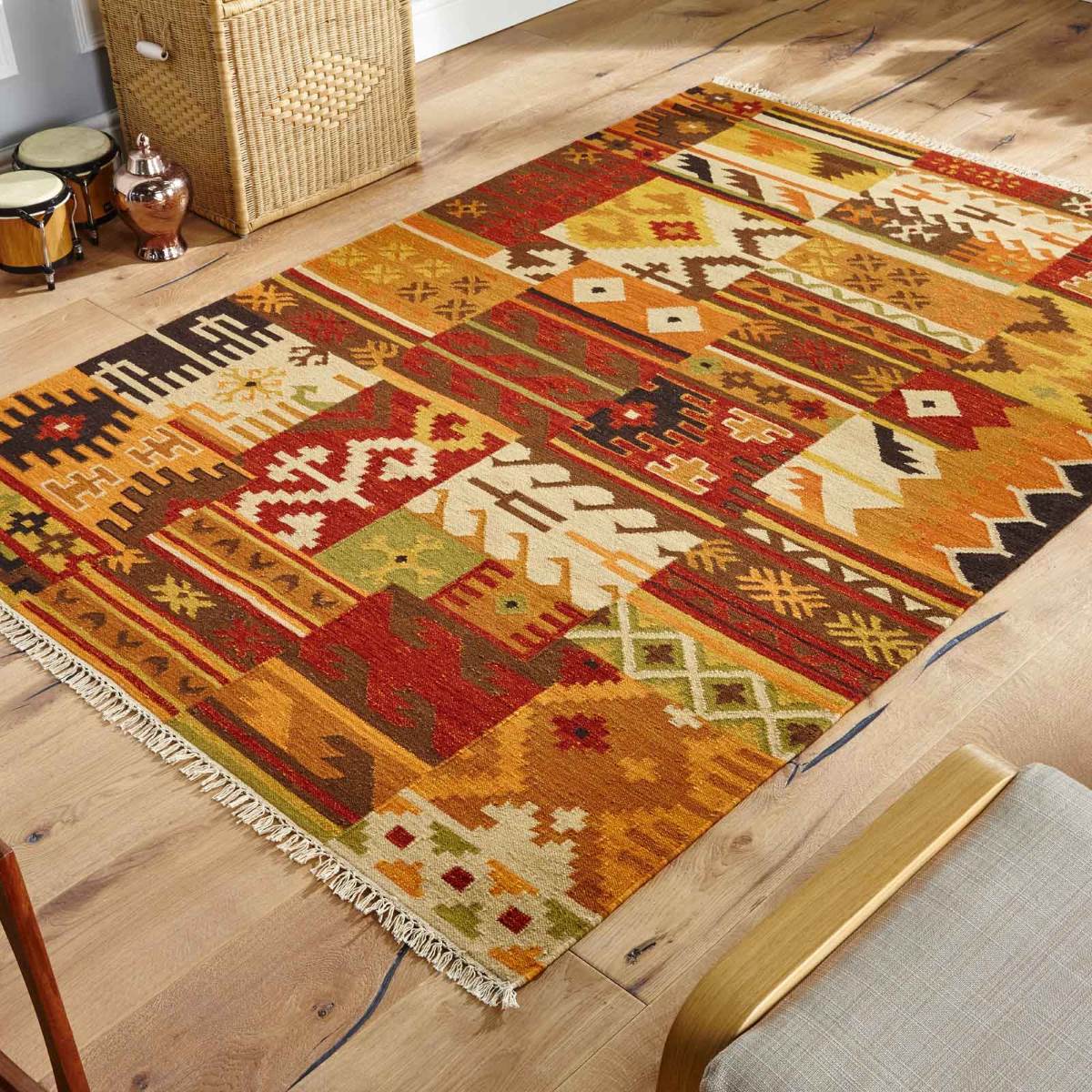
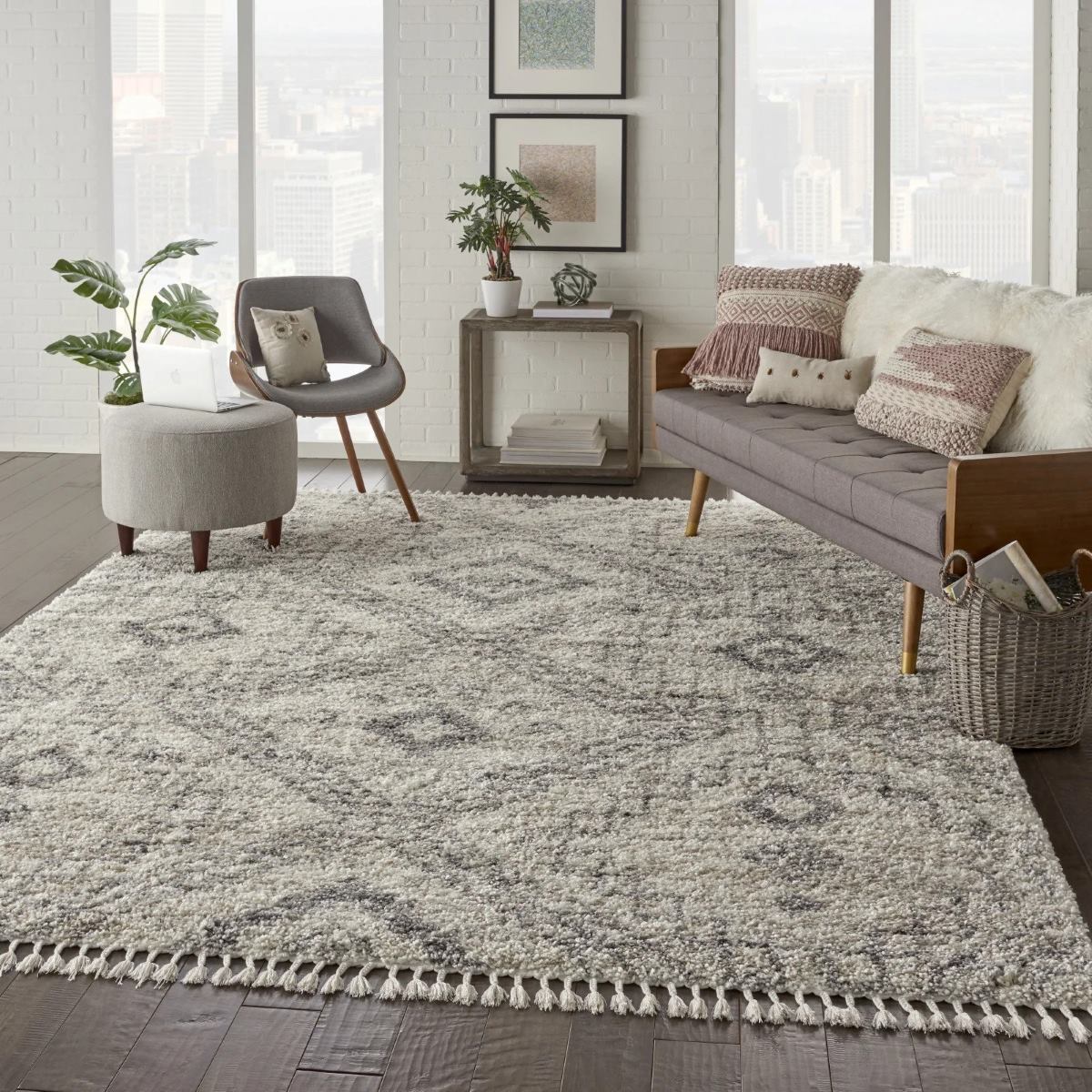

0 thoughts on “What Is Viscose In Rugs”